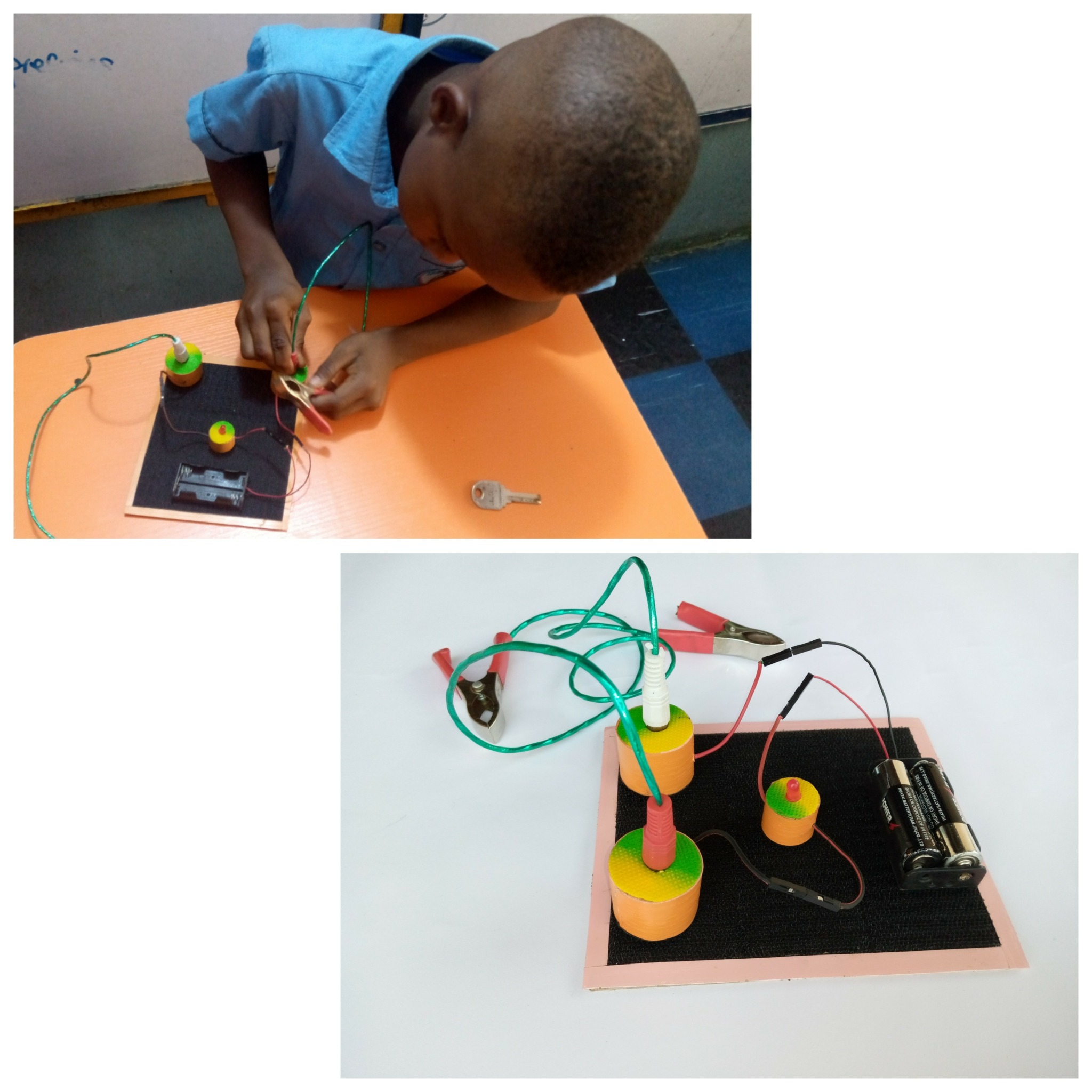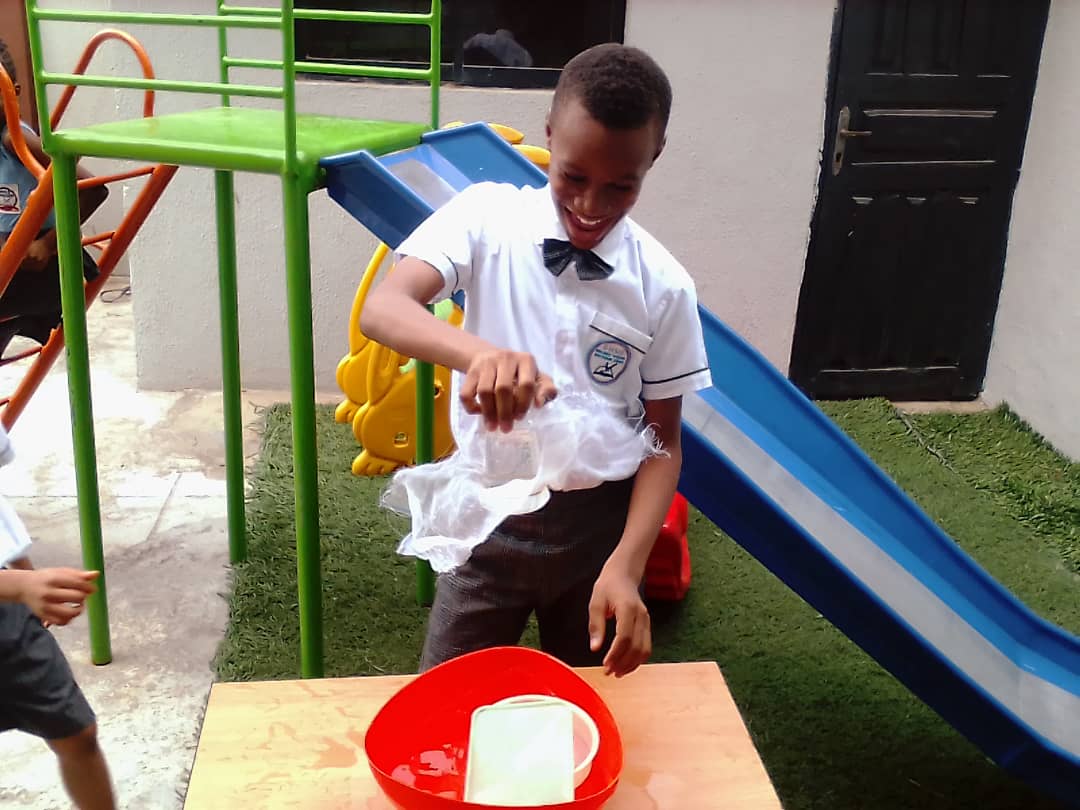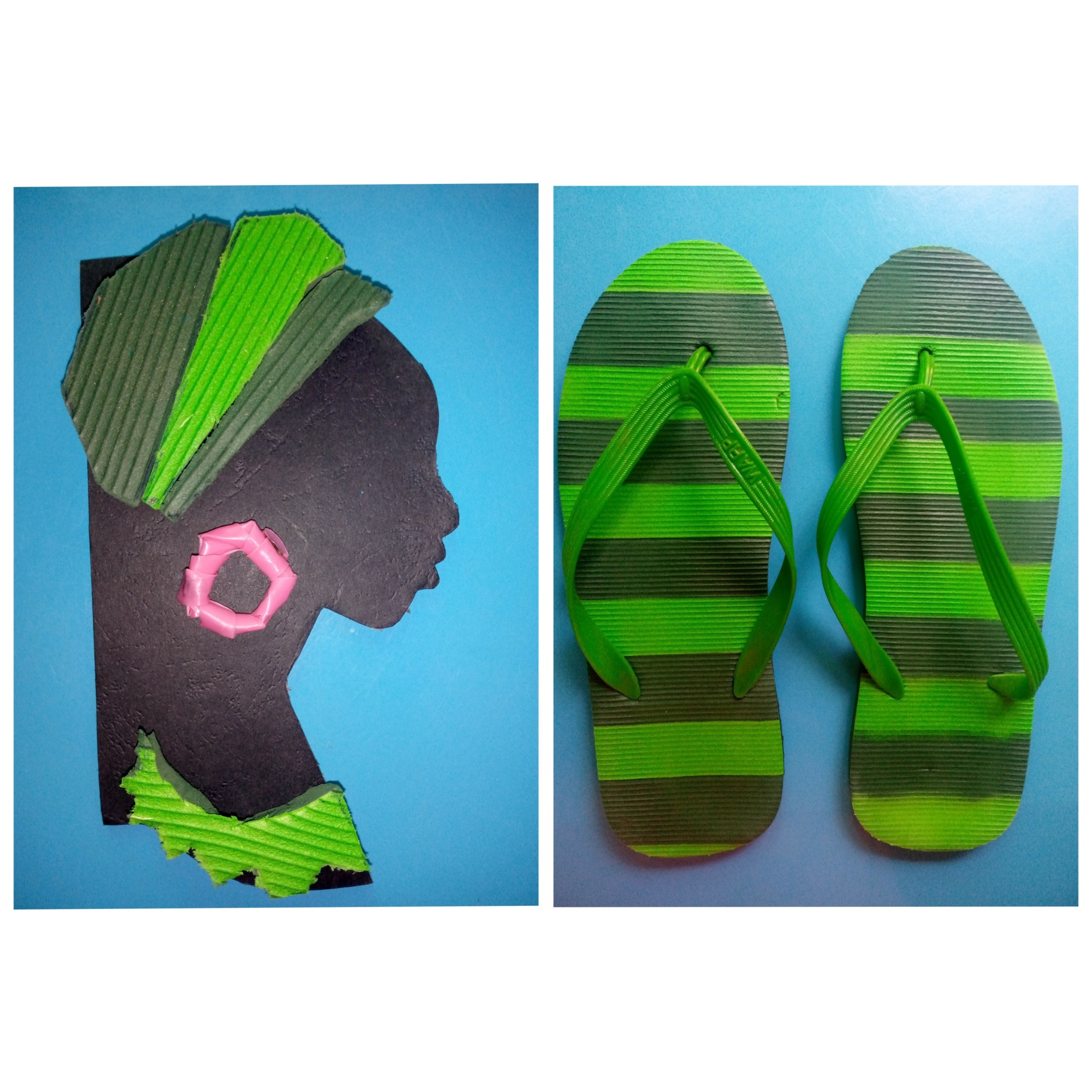We recently connected with Wiseman Praise and have shared our conversation below.
Alright, Wiseman thanks for taking the time to share your stories and insights with us today. So, let’s start with a hypothetical – what would you change about the educational system?
To better prepare students for a fulfilling life and career, I’d focus on three key changes in the education system:
1. Integrate project-based learning: Schools should integrate project-based learning that engages students in solving real world problems. For instance, a basic physics lesson on electric current could involve students building a simple circuit to demonstrate how electricity flows. Such hands-on projects promote teamwork, critical thinking, problem-solving and innovation.
2. Adapt curriculum to labour market demands: The high unemployment rate among graduates often reflects a gap between what they learn and what employers require. Addressing this gap, involves expanding vocational programs (like renewable energy, coding, agribusiness) and entrepreneurship initiatives while collaborating with industries to align curricula with emerging sectors like technology and green energy.
3. Integrate practical life skills into the curriculum: To prepare students for real life, schools should include practical skills such as financial literacy, basic legal knowledge, emotional intelligence, communication skills, and critical thinking. Without these competencies, graduates may struggle with real-world challenges like debt, stress, workplace conflicts, and building professional networks, which can affect their long-term success and well-being.
Illustrative story
A few years ago, in one of my STEM classes, I taught students about water filtration and how to make a simple water filter that could be used in a rural community. I set out a jar of muddy water alongside other materials like an empty plastic bottle, cotton ball, gravel, kitchen towel, beach sand, and grass from the schoolyard. I explained how science could help us make the water cleaner.
However, I noticed that some were doubtful, while others were curious and wondered how it was possible to make use of such simple materials to trap dirt. It didn’t seem to make much sense to them at first. I only demonstrated how to set up the project and showed them what to do, offering guidance along the way.
Then, I divided the class into groups handing each team their supplies. They layered the materials, poured in the muddy water and waited. When the first group’s water dripped out clear, the room erupted with excitement. One student leapt up, shouting, inventor Wiseman, see! It works!”
I was thrilled as I watched the teams compare results, debating whose water was clearest. I saw that the hands-on or learn by discovery-based approach gave them a deeper understanding of the topic. It proved that science isn’t just found in books – it solved real-world problems.

As always, we appreciate you sharing your insights and we’ve got a few more questions for you, but before we get to all of that can you take a minute to introduce yourself and give our readers some of your back background and context?
I am a passionate STEM educator and instructional designer with over ten years of experience, dedicated to shaping young minds for national productivity through engaging, hands-on STEM projects. With a Bachelor’s degree in Electrical/Electronic Engineering, I have developed strong skills in both primary and secondary education. My career began as a network engineer in an IT company, but I soon transitioned to teaching STEM in schools. This shift ignited my interest in curriculum development and instructional design, as I became eager to create resources that empower teachers and inspire students.
My journey began as a curious child who loved taking apart gadgets, driven by a relentless desire to understand how they worked. Although this habit sometimes led to scoldings, it also revealed my potential. My parents wisely nurtured this curiosity by enrolling me in a radio and TV repair workshop at the age of 10. In secondary school, I discovered my passion for science, excelling in physics, biology, math, and chemistry, while actively participating in the JETS (Junior Engineers, Technicians, and Scientists) club. Pursuing a degree in Electrical/Electronic Engineering felt like a natural progression, enhanced by informal skill-building experiences.
After graduating, I briefly worked in IT but soon realized it wasn’t fulfilling. A turning point came when my brother-in-law introduced me to Tom Igoe’s “Making Things Talk,” sparking conversations about hands-on STEM education. Inspired by its focus on practical projects, I shifted to teaching STEM, aiming to replace traditional rote learning with engaging, hands-on experiences that combine my technical skills with a mission to inspire young learners.
Thanks to divine inspiration, we created a unique name for our STEM initiative: ‘Enovatekids!’ Just three months before its official launch, I made the bold decision to leave my IT job and follow my passion, which has since become my career. I officially embarked on my STEM journey in August 2012, and since then, I’ve found great joy in teaching STEM to students in both primary and secondary schools.
However, during the COVID-19 pandemic, Enovatekids faced difficulties as school closures halted our program. Despite this setback, I remained undeterred. Overtime, I evolved from Enovatekids to establish ‘d.i.ySTEMkids,’ the brand I currently use to deliver STEM programs in schools. Through determination and hard work, I have persevered to this day.
I create instructional materials and customized STEM curricula that emphasize effective hands-on learning through various projects. These resources focus on introductory and intermediate-level STEM activities designed to equip young learners with essential 21st-century skills. They incorporate real-life scenarios to enhance the learning experience and help students understand how scientific principles apply to everyday life. Additionally, I create do-it-yourself STEM kits for various projects right from my home workshop. These kits, among others, foster critical thinking and creative problem-solving skills in young learners and support science teachers in enhancing their classroom effectiveness.
My dual experience as an educator and instructional designer ensures that the solutions I provide are both educationally sound and easy to implement. What sets my work apart is the creation of an enjoyable learning atmosphere that connects content to real-world situations, ensuring its relevance. It combines creativity, technical expertise, and empathy.
I take great pride in the growing acceptance of our STEM program in schools, as it demonstrates to students how STEM enables them to tackle real-world challenges, collaborate creatively, and view themselves as innovators. Compared to our initial launch, we’ve seen a remarkable increase in student enrollment in STEM across both primary and secondary levels.
I want clients to understand that my motivation is driven by impact. Each project is designed to ignite curiosity and prepare learners for future challenges. At my core, I believe that STEM literacy opens doors to opportunities, and I am dedicated to ensuring that this gateway is accessible to everyone.
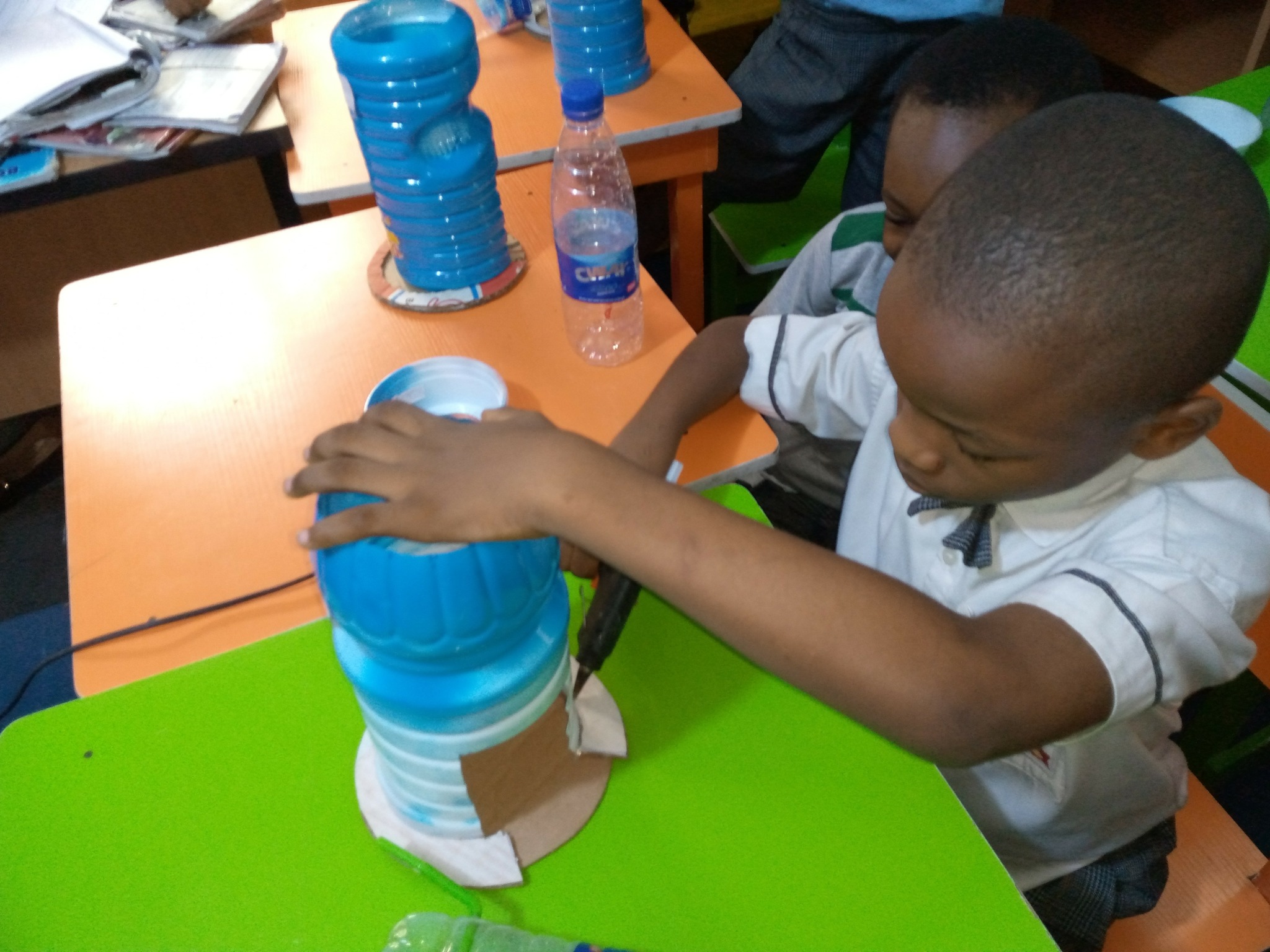
Can you share a story from your journey that illustrates your resilience?
The journey has been anything but easy, marked by its fair share of ups and downs. Initially, convincing schools to embrace STEM education was challenging, as many were unfamiliar with the concept. This lack of awareness led to numerous rejections and disappointments. I submitted proposals and gave presentations, only to be met with silence afterward. Nevertheless, I persevered, fueled by my belief in the importance of STEM and its potential to shape the future. Gradually, awareness of STEM began to grow, and by adjusting my marketing strategy, I was able to make meaningful progress. With God’s help, I’ve now taught STEM in over 20 schools through co-curricular, after-school, and summer programs.
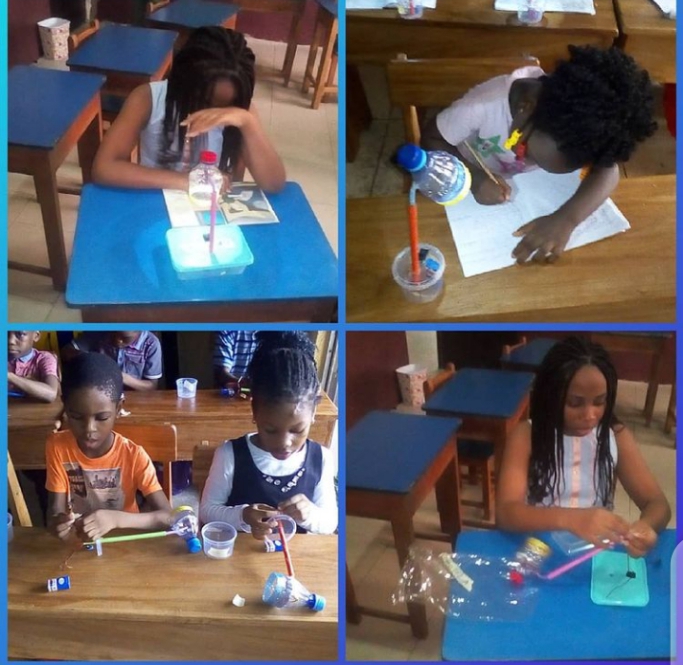
What do you think helped you build your reputation within your market?
Building a respectful reputation in my niche is based on the following strategies:
1. Delivering excellence: A commitment to quality has helped us build trust and credibility with our clients over time.
2. Unwavering Integrity: This is fundamental and includes being transparent in our business dealings, honest about challenges, acknowledging mistakes and communicating openly with our clients.
3. Continuous learning and adaptation: The dynamic nature of STEM demands staying updated with the latest trend and technologies. This adaptability ensures that our business remains relevant and capable of meeting new challenges.
Contact Info:
- Instagram: https://www.instagram.com/d.i.ystemkids
- Linkedin: www.facebook.com/D.i.ystemkids
- Other: [email protected]



